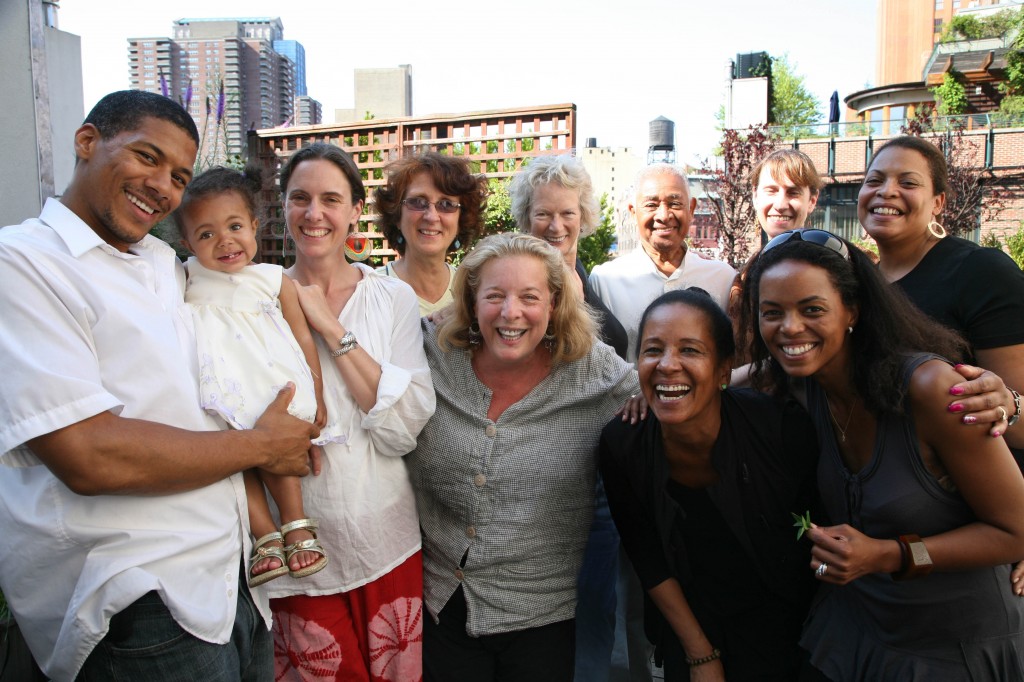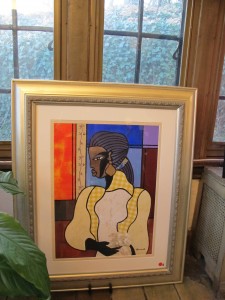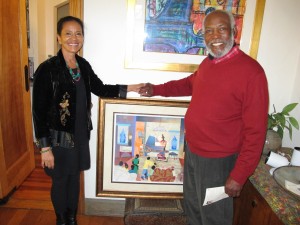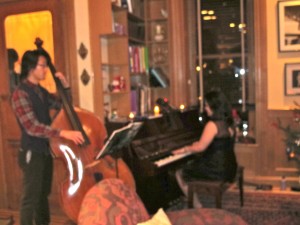A new slavery book is set to launch in New York. And I was thrilled to be asked to help. Gather at the Table: The Healing Journey of a Daughter of Slavery and a Son of the Slave Trade (Beacon Press) was written by dear colleagues Sharon Morgan and Tom DeWolf. The book chronicles a shared journey toward race reconciliation. The authors are traveling on a year-long national book tour that began at Eastern Mennonite University, birthplace of www.Comingtothetable.org (CTTT).

Their tour initiates and promotes conversations about race, slavery, social justice, and healing from the generational trauma of slavery at business, educational, religious and a variety of community venues.
As co-leader of CTTT-NYC with Julie Finch, I was thrilled to partner with the local Quakers to host Morgan and DeWolf at 3PM, Saturday, October 20, 2012 at the Quaker Meeting House, 15 Rutherford Place, New York City.
The authors will share excerpts from their book, introduce a model of healing and engage the audience in storytelling exercises. The event is free to the public and media is invited to cover.
In Gather at the Table, DeWolf and Morgan speak candidly about racism and the unhealed wounds of slavery. “The legacy of slavery,” they write, “is a combination of historical, cultural, and structural trauma that continues to touch everyone in American society today.”
“Schools, neighborhoods and churches are as segregated as ever; health disparities between black and white people remain significant and African Americans are overrepresented in prisons and underrepresented in colleges. Racism is more subtle now that in the past, but it still exists. Healing will happen and change will occur, when people start listening to one another and looking truthfully at their ancestral experiences.”
The importance of the book’s message, given the present climate of political and social discord, could not be more timely.
Endorsements: Nobel Peace Laureate, 2011, Leymah Gbowee hails Gather at the Table as “an honest exploration into the deep social wounds left by racism, violence and injustice.” John Paul Lederach, Professor of International Peacebuilding at Notre Dame calls it, “An extraordinary story of an honest, meaningful conversation across the racial divide.”
About the Authors: Thomas Norman DeWolf, author of Inheriting the Trade, is featured in the Emmy-nominated documentary
film Traces of the Trade, which premiered at the Sundance Film Festival and on the acclaimed PBS series POV. DeWolf speaks regularly about healing from the legacy of slavery and racism at conferences and colleges throughout the United States.
Sharon Morgan is a marketing communications consultant and a nationally recognized pioneer in multicultural marketing. An avid genealogist, she is the webmaster for OurBlackAncestry.com, a founder of the National Black Public Relations Society and a consultant to the Afro-American Historical and Genealogical Society.
For more information about the book: http:// www.gatheratthetable.net. Send a message if you would like to book the authors as speakers at a New York City area venue.





